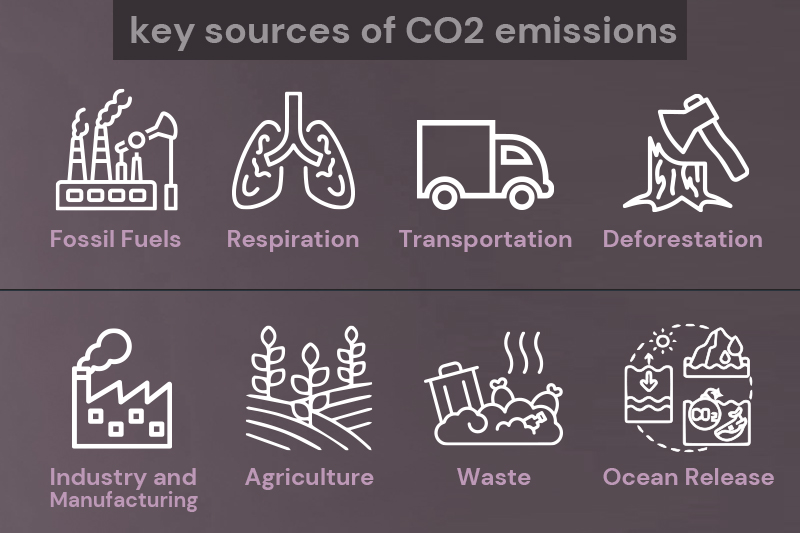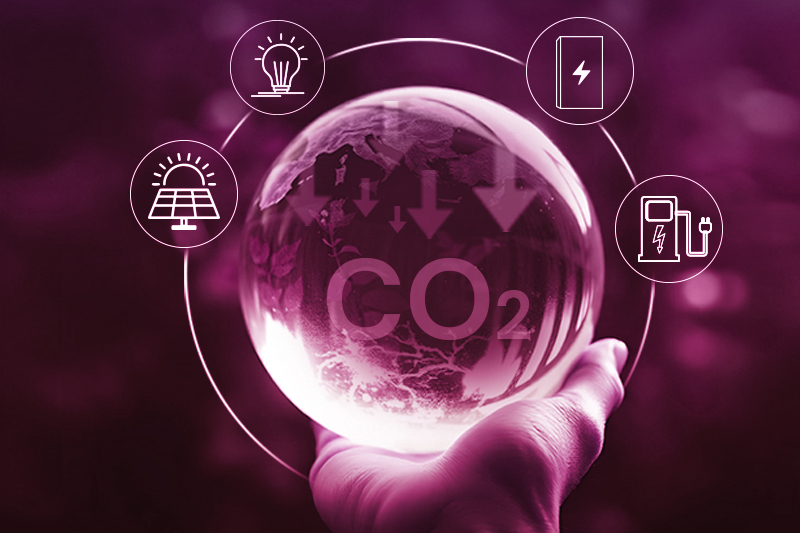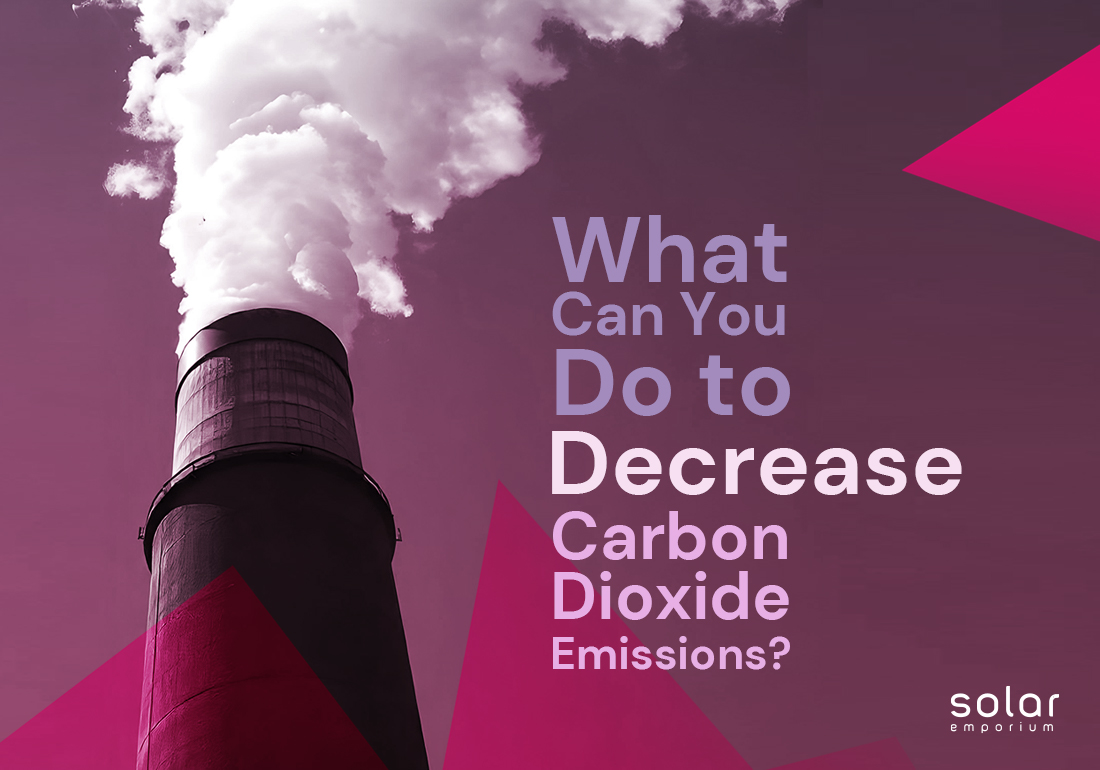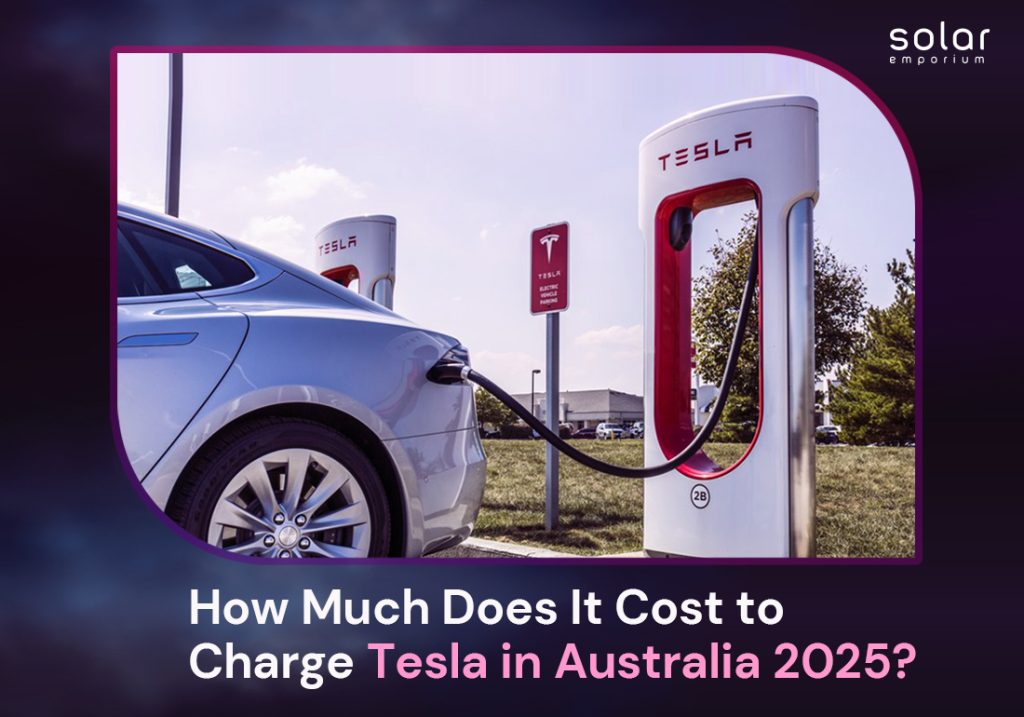In recent years, while we’re standing at the brink of an environmental crisis, every choice we make carries the weight of the planet’s future.
But what if you could help reverse climate change with just a few changes in your daily life? Yes, it is not as hard as it sounds!
From the food you eat to the way you travel, every decision you make can be a step toward a greener, more sustainable world. These small actions, when multiplied by millions, can create a ripple effect that has the power to heal the Earth.
Moreover, the best part is that it reduces your carbon footprint while saving money and improving your health.
Wondering how simple changes in your routine can lead to a greener world?
Let’s take the journey together and explore some easy yet powerful ways you can follow to decrease carbon dioxide emissions in Australia!
What’s Carbon Emission? | Exploring the Main Sources
Carbon emissions are generally the release of Carbon dioxide (CO2) into the atmosphere due to human activities and plants. They are the major greenhouse gases and are considered a primary driver of climate change around the globe.
The emissions from fossil fuels like coal, natural gas, and oil raise the carbon concentration in the atmosphere and trap heat inside.
This ultimately contributes to the greenhouse effect and global warming, threatening the planet’s future and hampering the overall ecological balance.
Main Sources of Carbon Dioxide Emissions

There are several key sources of CO2 emissions. Those include:
- Fossil Fuels: Fossil fuels are the most significant source of CO2 emissions globally. The burning of coal, oil, and natural gas for energy production is the leading cause.
- Respiration: Both plants and animals release CO₂ into the atmosphere during cellular respiration.
- Transportation: Cars, trucks, and planes rely heavily on fossil fuels. They burn gasoline and diesel, so emissions from electric vehicles produce large amounts of CO2.
- Deforestation: When forests are cleared, the trees that act as carbon sinks are either burned or decomposed, releasing their stored CO₂ into the atmosphere.
- Industry and Manufacturing: Industrial processes such as plastic production, steel manufacturing, and cement or chemical production contribute significantly to CO2 emissions.
- Agriculture: Livestock farming produces tons of toxic methane gas. Moreover, synthetic fertilizers used to improve crop yields can increase CO2 emissions, degrade soil quality, and pollute water bodies.
- Waste: Decomposing organic waste in landfills releases greenhouse gases like ammonia, Sulphur, nitrous oxide, and methane as a byproduct, which are more potent than CO2.
- Ocean Release: Oceans absorb a significant amount of CO₂ from the atmosphere and release it back into the air when ocean and global temperatures rise or upwelling occurs.
Although both natural and human activities contribute to the overall levels of carbon dioxide in the atmosphere, human activities have greatly accelerated the concentration of CO₂, particularly in the last few decades.
Australia's Carbon Footprint: Tracking Our Impact on the Planet
Australia is known for having the world’s highest per capita carbon emission. Wondering why? Because of the country’s heavy reliance on fossil fuels, mostly coal and other non-renewable sources for energy generation.
Being the world’s third-largest fossil fuel exporter, around 65% of Australia’s electricity is still generated from burning coal (46%), oil (2%) and gases (17%).
According to the latest update of Australia’s National Greenhouse Gas Inventory, emissions in 2024 totaled 440.6 million tons of carbon dioxide. This means on average; each person produces about 15 tons of CO2 annually.
Moreover, Australia’s vast transportation networks contribute approximately 18-20% of total emissions, whereas agriculture produces roughly 13-15% CO2 due to livestock farming.
However, Australia is also rich in natural resources that can support the transition to renewable energy, providing hope for a more sustainable future.
Less CO2, More Sustainable Future| The Importance of Emission Reduction
CO2 emissions directly contribute to global warming, which leads to rising sea levels, extreme weather events, loss of biodiversity, and food insecurity.
The effects of climate change are already being felt globally, with more frequent and severe wildfires, droughts, and storms.
However, the impacts are particularly severe in Australia. The country is highly vulnerable to climate-related disasters and has experienced several natural disasters in the last few decades.
People in local and rural areas have experienced more floods, heatwaves, and drought than in previous years. It not only affected their economic stability but also impacted their mental health.
Therefore, emission reduction is important not just as an environmental concern but also as an economic one, as transitioning to sustainable energy sources can create new industries and job opportunities.
We can mitigate these negative effects by adopting renewable energy sources and reducing carbon emissions.
Australia has the potential to lead the fight against climate change, but it will require the collective efforts of government, residents, and utility companies.
Although the task may seem daunting, every small change you make adds up. Whether you’re taking steps at home, influencing your community, or advocating for policy changes, remember! Your action counts.

Top 10 Strategies to Reduce Carbon Dioxide Emissions in Australia
We can decrease carbon dioxide emissions by improving the design of our homes, opting for low-carbon transportation, and adopting small behavioral changes. These all contribute positively to tackling the climate crisis.
Everything matters, from upgrading your home with solar or wind power to transitioning to an electric vehicle and supporting the government’s carbon reduction policies!
Here, we explore various options and know what can you do to decrease carbon dioxide emissions in Australia:
Adopt Renewable Energy Sources: Power Your Future with Clean Sources
Shifting to renewable energy sources, such as solar, wind, hydro, and geothermal power, is an effective way to reduce carbon emissions. For instance, you can install solar panels on your rooftop and use solar batteries to save excess energy for later.
These sources produce little to no carbon emissions, ensure energy security, and significantly reduce reliance on fossil fuels.
Make Your Home a Green Haven| Boost Energy Efficiency Today
Energy-efficient homes use less energy and reduce your carbon footprint with energy bills.
Want to achieve this? Then:
- Install energy-efficient appliances such as LED lighting and energy star-rated devices.
- Ensure your windows and doors are airtight to prevent heat loss.
- Use smart thermostats, switches, lights, and fans to regulate your home’s temperature efficiently.
- Improve insulation and sealing to reduce heating and cooling needs.
Adopt Eco-Friendly Transportation
The transportation sector is presently Australia’s third-largest source of emissions, responsible for 21% of the country’s total carbon dioxide emissions.
However, Australians are incorporating certain ways to reduce their carbon footprint, such as using public transportation, biking, or walking instead of driving.
Also, carpooling, ride-sharing, and electric or hybrid vehicles are amazing options by which the country is reducing its need for fossil fuels.
Live Sustainably: Transform Your Lifestyle for a Healthier Planet
Wondering what can you do to decrease carbon dioxide emissions at home?
Simply, turn off your water heater and fridge before going on holiday. Also, adjust the temperature on your heaters or air conditioners and turn other appliances off standby mode when you’re not using them.
Support Carbon pricing & Limit Greenhouse Gas Emissions
Carbon pricing, such as carbon taxes or cap-and-trade systems, can incentivize companies to reduce their emissions by placing a price on carbon.
These programs help make sustainable practices more affordable and effective at the industry level. They are crucial in driving long-term, large-scale emission reductions.
Get Involved, Join Australia’s Climate Change Action Plan
In Australia, the Government has set ambitious renewable energy targets to reach net zero emissions by 2050.
You can make a difference by participating in these initiatives, supporting government policies, and running educational campaigns that encourage the use of renewable energy sources.
Plant Trees and Preserve Australia’s Ecosystems
Planting trees in Australia helps reduce CO2 emissions by enhancing natural carbon capture as trees absorb carbon dioxide from the atmosphere.
Healthy ecosystems maintain biodiversity, improve soil quality, and regulate atmospheric carbon levels. Therefore, you can participate in sustainable agriculture programs supporting organizations that conserve natural ecosystems.
Set Bold Emission Reduction Goals: Take Action for a Sustainable Future

Setting ambitious carbon reduction goals in business or community can push you to make significant changes.
These ambitions could include adopting renewable energy sources, improving energy efficiency, or supporting carbon-neutral initiatives. Businesses and industries can also minimize emissions by investing in carbon offset projects.
Track Your Energy Usage| Small Changes, Big Impact
Regularly monitoring and calculating electrical loads for home appliances in Australia can help you identify where your home uses energy most.
By using a smart tracking device, you can see how much energy you are consuming daily. This will alert you and help you take the necessary steps to reduce your energy bill, thus improving overall energy efficiency.
Turn Trash into Treasure: The Magic of Recycling, Reusing, and Reducing
In Australia, the circular economy focuses on reducing waste by reusing materials and recycling products instead of disposing of them.
Recycling reduces the need for new resources and decreases emissions associated with manufacturing processes.
Contact Solar Emporium for more information on any sustainability and renewable energy needs.
From reducing energy bills to powering your home with clean energy sources, our expert team can also help you learn about exciting solar packages with the best rebates and incentives for which you may be eligible!







